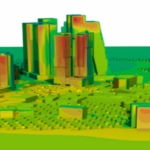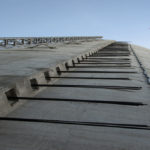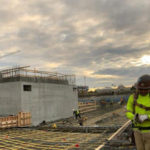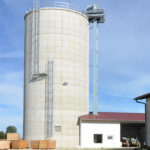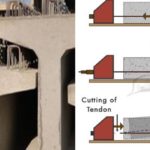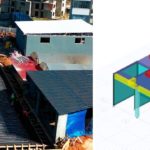Blog
What Is BIM (Building Information System)?

BIM (Building Information System)
In our age, technology has become a part of human life. In the developing world, digital life and technology make our lives easier. Today, the construction sector is also actively using the possibilities of digitalization.
For many years, construction projects have faced high costs due to plan errors and unreliable drawings. However, with BIM, an information management system, all these drawbacks are a thing of the past. Devam What is BIM? What are the advantages of BIM? Which areas is BIM suitable for? Iz.
What Is BIM?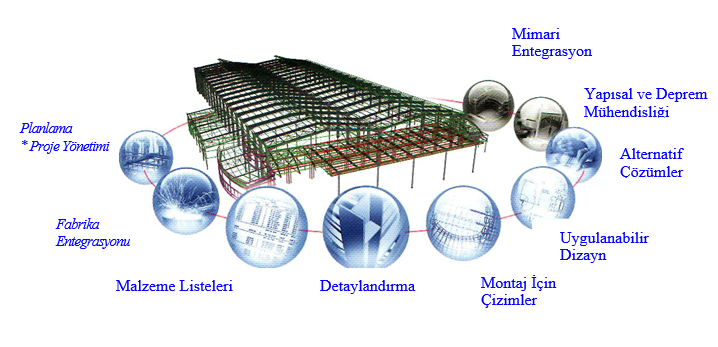
BIM (Building Information Modeling) is a process of information sharing in which each of the stakeholders involved in the architectural design and construction process of buildings can be injured. Thanks to the software used in conjunction with BIM, anyone working in different areas of the project can access the latest status and recorded data of the project as quickly as possible. One of the most frequently used software is REVIT because it supports multiple disciplines in the joint studies. United Kingdom Germany Norway Netherlands and B used for many years in the United States in Turkey are also widespread. BIM, which can be used actively from the design and project phase of a building to the construction and finishing phase, ensures the coordinated work of the teams and prevents potential mistakes. In addition, time saving is one of the benefits of BIM. Unlike two-dimensional drawings, BİM is not a software or program, contrary to popular belief, that provides users with three-dimensional and more detailed drawing. In its simplest definition, BIM is an information sharing process.
What Does BIM Help?
BIM is the information sharing process that emerged in 1970. Supporting the construction industry digitally, BIM provides a holistic approach with 3-D modeling system to increase productivity. Increasingly important in the last decade, BIM includes not only physical data of a structure, but also factors such as expense estimates, timelines, and energy supply. BIM is often used in static projects, thus accelerating project flow. Before the construction phase, the project is protected from possible errors and collisions by using digital modeling. By minimizing the margin of error and providing the highest level of cooperation, BİM shortens the construction phase of the project.
What Are The Benefits Of BIM?
- Provides a realization of possible problems and problems in the design process and provides a smooth transition to the construction phase.
- Ensures that all teams taking part in the project to be carried out work synchronously and that the project is maintained and finalized as a whole.
Latest Blog
-
Reinforced Concrete Calculation Static Report
31 January 2024 -
Steel Calculation Static Report
31 January 2024 -
What Is CFD Analysis?
22 December 2023 -
What Are The Benefits Of CFD Analysis?
22 December 2023 -
Silo Reinforcement with Post-Tensioning Method
26 September 2023 -
Post Tensioning Method in Cantilever Slabs
4 September 2023 -
Post-Tensioning Application In Reinforced Concrete Silos
22 August 2023 -
Components Of Post Tensining
16 August 2023 -
What Are Pre-Stressing And Post-Tensioning?
11 August 2023 -
What is Prestressing?
8 August 2023 -
History Of Post Tensioning
8 July 2023 -
Post Tensioning Method In Foundations
14 June 2023 -
What Is Post Tension?
30 September 2022 -
Steel Static Projects
27 September 2021





